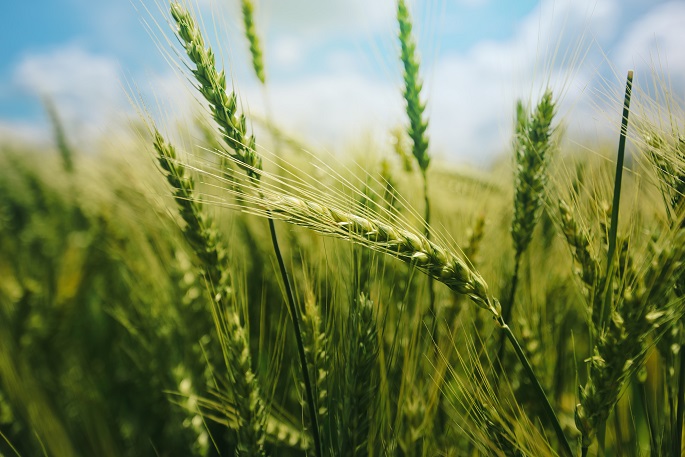Cultivation areas of barley, rye, wheat on wane, oats rise
Published : 27 Jun 2024, 03:27
The cultivation areas of barley, rye and winter wheat were significantly decreased in Finland while the area of oats cultivation increased, according to the 2024 statistics of the Natural Resources Institute Finland (Luke).
The utilised agricultural area is nearly 2.3 million hectares.
About two million hectares of field area are under cultivation in Finland in 2024, which is slightly less than in the previous year.
Of this, almost a million hectares is used to produce cereals such as barley, oats, rye, wheat and other cereals. Just under one million hectares is used to cultivate grass crops, mostly grasslands, which are important for livestock production.
The remaining field area is used to cultivate oil and protein crops, potatoes and beets. If cereals and pasture used for feed are also included, more than half Finland’s field area is used to produce feed for livestock.
While approximately 20,000 hectares of rye was sown last autumn, around 17,000 hectares survived the winter.
“This year, the sown area for rye is almost 40 per cent smaller than last year. This is as small as in 2018. Over the last ten years the total sown area for rye has varied between 17,000 and 38,000 hectares,” said Senior Statistician of Luke Irene Rosokivi.
The cultivation area for barley, the most cultivated cereal in Finland, decreased by about ten per cent and was about 360,000 hectares.
The oats cultivation area increased and exceeds that of feed barley. Almost a third of entire field area is still used for the cultivation of barley and oats. The winter wheat area decreased by 18% from the previous year, and winter wheat was sown on less than 60,000 hectares. The spring wheat area also decreased by about 4%. Winter wheat cultivation was commonest in Southwest Finland.
The area of triticale is almost ten times the area of the previous year – almost 9,000 hectares. Triticale is a crop that is mainly used as feed. It has an abundant harvest and is resistant to drought and pests.
Buckwheat was sown this spring on an area of about 2,000 hectares, in addition to which other cereals such as maize also grew on an area of about 2,500 hectares in Finland.
The turnip rape cultivation area increased by 13% compared with last year, while that of rapeseed decreased by the same amount. In Finland, the cultivation of turnip rape is more common, as rapeseed is mainly suitable for cultivation only in southernmost Finland.
The feed and food pea area decreased slightly from the previous year, but was still almost 40,000 hectares.
Most of the pea was feed pea, the harvest of which is used to feed animals, either directly or as part of industrial feed. It can be used to replace soy or other foreign feed containing protein, for example.
Of legumes, garden peas in addition to peas for human consumption are cultivated on more than 2,000 hectares in Finland, and we mainly consume the harvest as frozen peas.
The cultivation area for sugar beet increased by about a fifth last year, amounting to approximately 15,000 hectares.
Sugar beet is grown most in Satakunta and Southwest Finland. The cultivation area for caraway also increased significantly from the previous year, amounting to about 20,000 hectares.
“The potato cultivation area decreased by about 6%. Potato cultivation is concentrated in the western coastal area,” said Rosokivi.
The fallow area, a total of 246,000 hectares, increased by 21,000 hectares. The area of grasslands for green manure included in the fallow area increased most.


